|
During the 60s, I found a magazine which could take the seriousness in life in stride. Little did I know that the person responsible for making me laugh and smile was also a graduate of Music and Art high school. I guess that's why I could so easily identify with his type of humor.
Harvey Kurtzman, was a cartoonist and editor who became famous because of his satire and parody of popular culture and the detailed research he'd put into each of his stories. Most people know him for his work in MAD magazine and the Playboy cartoon strip, Little Annie Fannie.
Harvey Kutzman was born October 3, 1924 and lived on 428 E. 98th Street, in Brooklyn New York. He was the son of David Kurtzman and Edith (Sherman) Kurtzman and had an older brother named Zachary. When Harvey's father died on November 29, 1928, the family fell on hard times. Edith married Abraham Perkes who worked in the printing industry as an engraver. In 1934, the family moved to the Bronx and lived at 2166 Clinton Avenue.
Harvey skipped a grade while in grade school and began to show artistic talents early. His stepfather took his sons to museums and Harvey's mother enrolled him in formal art instructions in Manhattan. He happily took the subway every Saturday. Harvey was fascinated by the new thing called "comic books" and also followed the newspaper comic strips of the day. At age 14, Harvey won a cartooning contest for which he received a dollar and his cartoon was published in Tip Top Comics #36 (April 1936). After winning the John Wanamaker Art contest, Harvey received a scholarship to attend The High School of Music and Art. Future colleagues Will Elder, Al Feldstein, Al Jaffe, John Severin and Charles Stern also attended Music & Art.
After disappointments and odd jobs, Kurtzman's first published work was part of issue #5 (September 1942) of Gilberton's Classic Comics, which featured an adaptation of Moby Dick. He produced a large amount of undistinguished work until he was drafted in 1943 for service in World War II. During that time Kurtzman illustrated instruction manuals, posters, flyers, and contributed cartoons to camp newspapers, and newsletters.
In early 1946, while at a Music & Art reunion, Kurtzman met Adele Hasan, who was a staff member at Timely Comics (later to become Marvel Comics). Adele thoroughly believed in Harvey and his work and helped him as much as possible. After dating for a while she dropped out of college and the two married that September (1946). Kurtzman got together with former Music & Art alumni Will Elder and Charles Stern and opened Charles William Harvey Studio in 1947. Kurtzman continued to work for several different organizations and by 1949, he produced work for EC Comics (Entertainment Comics). The spring of 1950, EC's "New Trend" line of horror, fantasy, and science fiction comics began, and Kurtzman contributed stories in these genres.
Out of a need to gain more income, MAD magazine was created (formerly titled Tales Calculated To Drive You Mad). It was inspired by the irreverent humor found in the college humor magazines of the day. Issue #1 debuted in August 1952. Around July 1955, Kurtzman introduced Mad's gap-toothed mascot and his slogan, "What, me worry?", whom editor Al Feldstein later named Alfred E. Neuman.
Kurtzman approached Hefner in 1960 with the idea of a comic strip feature for Playboy that would star a character named Goodman Beaver. Kurtzman's proposal was accepted under the condition that Goodman Beaver be transformed into a voluptuous female and Little Annie Fanny was born. As his primary collaborator, Kurtzman brought on Will Elder. With creative artwork and baffling storylines, Little Annie Fanny always found herself in situations where there was the need for her to remove her clothing. The team of Harvey Kurtzman and Will Elder crafted these ever-humorous stories for decades. The series was so successful that it was Kurtzman's main source of income until the last panel was drawn (1988).
Through the 60s and early 70s, Kurtzman was involved in co-scripting an animated film and designing short animated pieces for Sesame Street and one called Boat. In 1973, Kurtzman accepted a teaching position at New York's School of Visual Arts. The classes were called Sequential Art and Satirical Cartooning. During the 1970's, Kurtzman became increasingly well-known in the comic industry. He found he had a following in Europe and many of his works were republished. In 1973 the European Academy of Comic Book Art awarded him its Lifetime Achievement Award for 1972. Kurtzman toured and gave speeches frequently to fans in the 1980s.
Late in his life, Kurtzman suffered from Parkinson's disease and colon cancer. He died in Mount Vernon, New York on February 21, 1993 (age 68). Cartoonist Jules Feiffer stated that, "Cartooning had lost its Orson Wells."
0 Comments
|
Time To SmileLittle known facts about M&A and its students Archives
January 2024
Categories
All
|
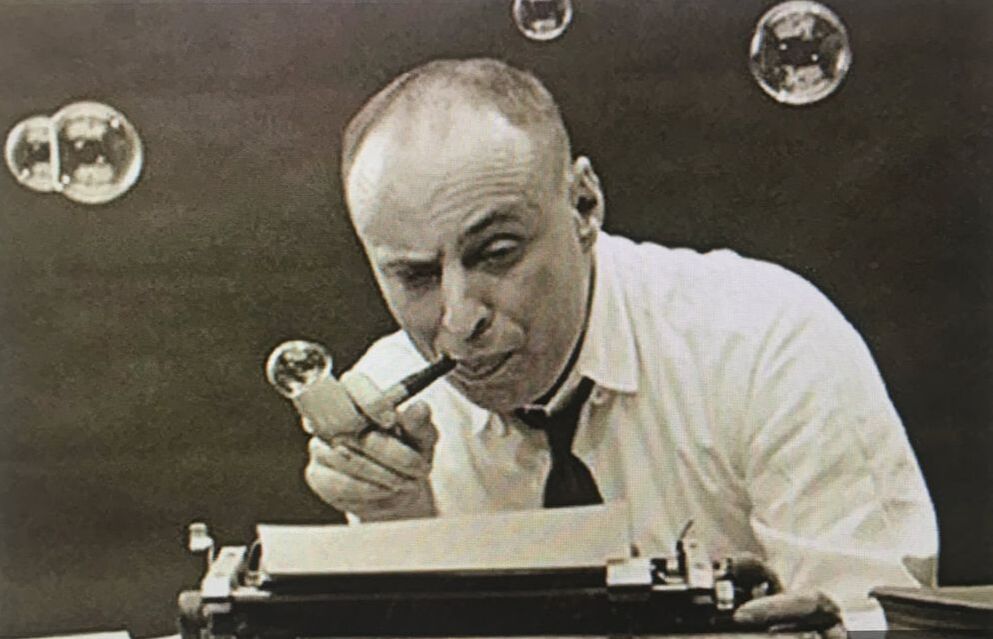
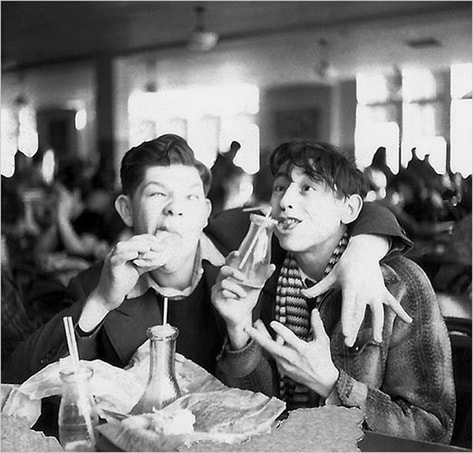
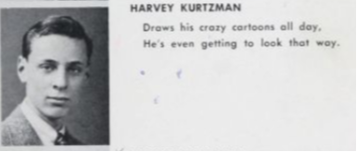
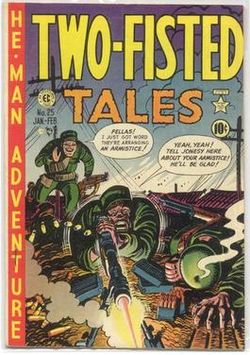
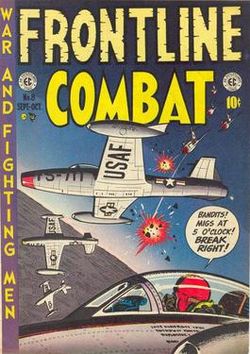
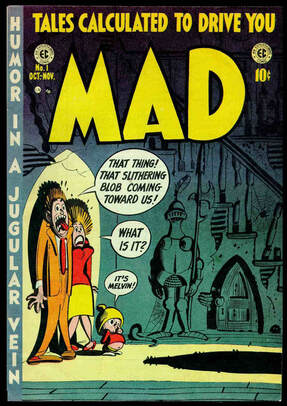
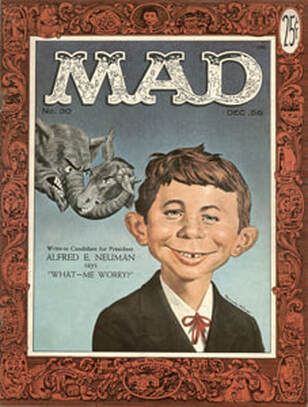
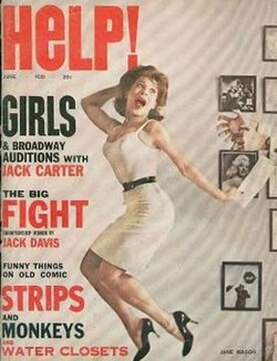
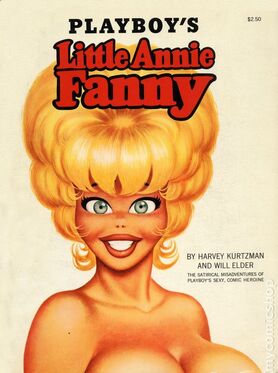
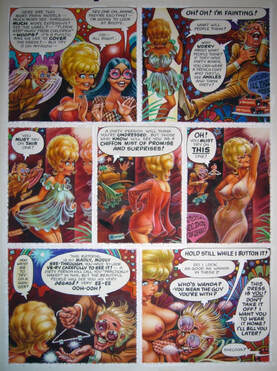
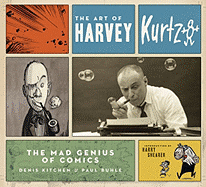
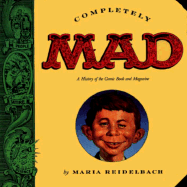
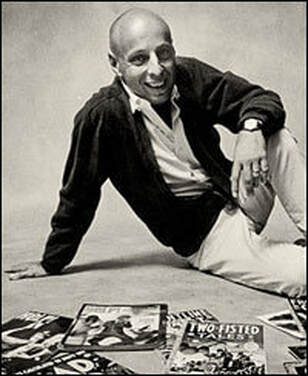
 RSS Feed
RSS Feed